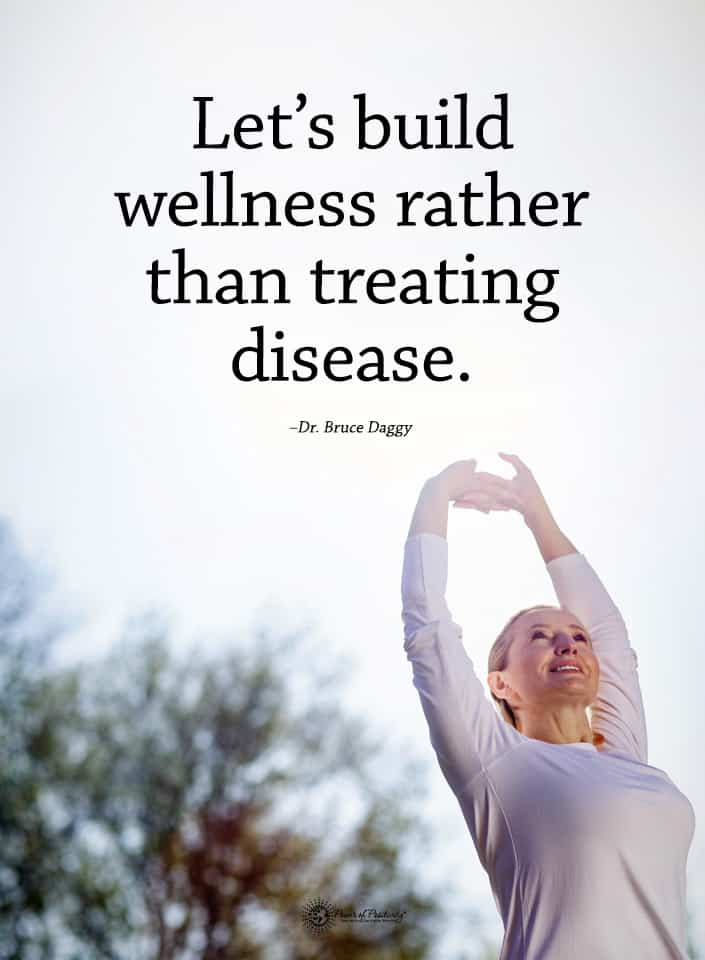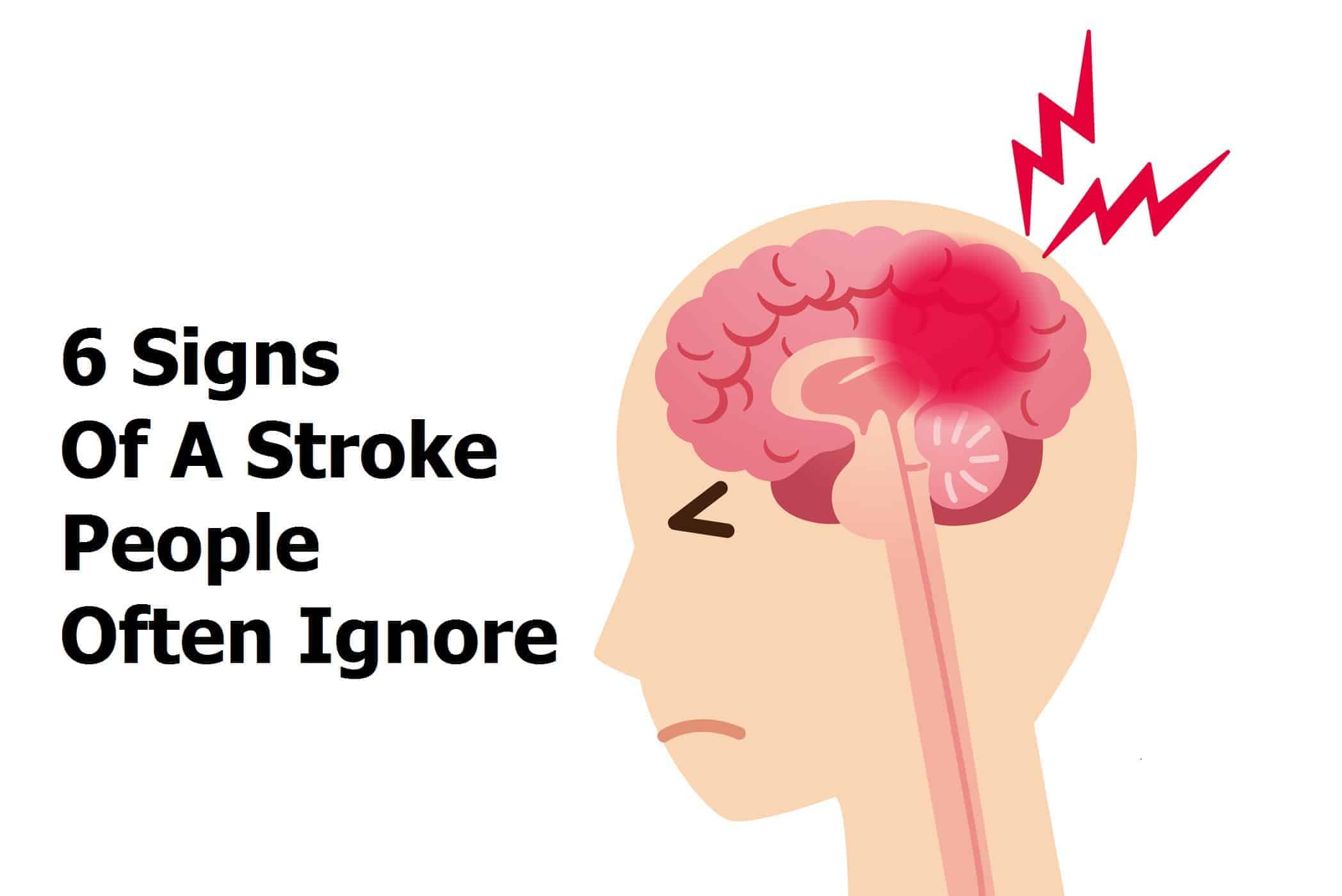A stroke happens when a blood vessel in the brain either becomes blocked (Ischemic) or begins bleeding (Hemorrhagic). Each type of stroke can cause severe damage to the brain and even death.
Stroke is ranked fifth as a cause of death in the United States. It is also very preventable with exercise, watching your salt intake, and keeping your weight healthy. A stroke can happen to anyone at any time. Even if it doesn’t kill you, it might cause severe physical and mental damage like paralysis, difficulty thinking or understanding others, and blindness.
Seven Lifestyle Factors That May Increase the Chances of Having a Stroke
Before diving into the signs of a stroke, let’s review some factors that increase the odds of having one.
1 – Hypertension (High Blood Pressure)
High blood pressure is one of the most significant lifestyle factors that increase the risk of stroke. High blood pressure, or hypertension, can damage the walls of the blood vessels, making them more prone to blockages or ruptures. Over time, this can lead to a stroke. In fact, according to the American Heart Association, high blood pressure is the most significant controllable risk factor for stroke. Individuals should work to keep their blood pressure within a healthy range to lower the risk. This can be achieved through regular exercise, a healthy diet, and medication if necessary.
2 – Smoking
Another lifestyle factor that can increase the risk of stroke is smoking. Smoking damages the blood vessels and increases the risk of blood clots, which can lead to a stroke. Smoking can also worsen other risk factors for stroke, such as high blood pressure and high cholesterol. Quitting smoking is one of the most effective ways to reduce the risk of stroke and other severe health conditions.
3 – A Sedentary Lifestyle
Physical inactivity is also a significant risk factor. Regular exercise is essential for maintaining a healthy weight, reducing blood pressure, and improving cardiovascular health. Physically inactive individuals are more likely to be overweight or obese, which can increase the risk of stroke. Experts at the Centers for Disease Control (CDC) recommend getting at least 150 minutes of moderate-intensity exercise weekly to reduce the risk of stroke and other health conditions.
4 – An Unhealthy Diet
A poor diet can also increase the risk of stroke. A diet high in saturated and trans fats, cholesterol, and sodium can contribute to high blood pressure and high cholesterol levels, both risk factors for stroke. Additionally, a diet low in fruits, vegetables, whole grains, and other nutrient-dense foods can lead to obesity and other health conditions that increase the risk of stroke. Individuals should eat a healthy, balanced diet rich in fruits, vegetables, whole grains, lean proteins, and healthy fats to reduce their chance of stroke, as well as type two diabetes and cardiac arrest.
5 – Overindulging in Alcoholic Beverages
Excessive alcohol consumption is another lifestyle factor that can increase the risk of stroke. Heavy drinking can raise blood pressure and contribute to developing other health conditions, such as liver disease and obesity, which increase the risk of stroke. To reduce the risk of stroke, individuals should limit their alcohol consumption to no more than two drinks per day.
6 – Stress
Stress can also contribute to the risk of stroke. Chronic stress can increase blood pressure, contribute to unhealthy lifestyle choices, and lead to the development of other health conditions that increase the risk of stroke. To reduce the risk of stroke, individuals should learn healthy ways to manage stress, such as practicing mindfulness, deep breathing, and other relaxation techniques.
7 – Sleep Apnea
Finally, sleep apnea is a risk factor for stroke that people often overlook. Sleep apnea is a sleep disorder that causes interrupted breathing during sleep, leading to a drop in oxygen levels and increased blood pressure. Over time, this can damage the blood vessels and increase the risk of stroke. Individuals who snore loudly, wake up gasping for air, or experience excessive daytime sleepiness should talk to their doctor about getting tested for sleep apnea.
Six Often Ignored Signs of a Stroke
Unfortunately, the signs of a stroke can often masquerade as other things we might dismiss. Here are six signs of a stroke people often ignore:

1. Fatigue
The body is a delicate balance of water, chemicals, and hormones. When that balance is disrupted, it can cause the sudden onset of symptoms like fatigue. Your brain manages the system in your body that regulates hormones (endocrine system). So when a stroke occurs, your brain is damaged by a lack or total loss of blood to the affected area. When this happens, it can result in sudden and severe fatigue or lack of energy.
It will happen without warning, without logical explanation (such as hard work). So if you find yourself suddenly exhausted and lethargic for no good reason, you should see a doctor. That’s because it may be a sign of a stroke or another issue.
2. Vision Problems in One Eye
The brain is divided into two sides, each of which controls or is responsible for the opposite side of your body. When the brain is affected by a stroke, it can cause problems in one eye. Because both eyes need to be focused on the same point in space together to have normal vision, if one eye is off because of the stroke, it will result in double vision since both eyes are no longer working together perfectly.
It might be easy to dismiss this as just being tired, reading too much, watching too much TV or working on the computer too much. A change in vision to just one eye could definitely be sign of a stroke or other serious medical issue. So you should see a physician immediately.
3. Numbness or Weakness in One Arm
Like the double vision above, a stroke will affect just one side of the body depending on where the blockage or bleeding is happening inside the brain. A sudden weakness or numbness in one arm or leg that doesn’t go away in a few minutes is a sign of stroke.
That would be easy to dismiss if you just woke up from a nap and your arm was numb. But if it persists for over a few minutes, it is a sign of something more serious and could be a stroke.
4. Slurred Speech and Dizziness
When one side of the brain is affected, it interferes with balance and speech. This could be easy to dismiss if you have been drinking even a little. But if it persists for more than an hour or so after your last drink, it might be a sign of something more serious. If one side of your mouth droops or you are having trouble speaking, it could mean that the part of your brain responsible for speech or the cranial nerves responsible for facial muscles could suffer from a lack of blood due to a stroke.
Your inner ear is responsible for balance, and blood loss to a portion of the brain that interprets those signals could lead to severe dizziness or vertigo. If you don’t suffer from vertigo and sudden and severe dizziness or difficulty speaking, go see a doctor.
5. Difficulty Thinking
A stroke means that a part of your brain is starved of oxygen. Thus, it can cause you to be unable to focus or think straight. If you have difficulty expressing yourself, can’t find the words for what you want to say, or don’t understand what others are saying, you could be in the middle of a stroke.
6. Bad Headache or Migraine
During a stroke involving a blockage, you might not feel anything in some cases. However, though most people who have had this incident report it painless, strokes involving internal bleeding may cause migraines. A sudden splitting headache or a migraine in a person who does not have a history of migraines might be a sign of a stroke.
It would be best to have it checked out by a physician.
The American Stroke Association uses the acronym FAST to determine whether you should seek help for a stroke. It stands for Face Drooping, Arm Numb, Speech Difficulty, Time to Call 911. If you experience any of these signs or symptoms, you should seek medical help immediately. Seconds count when it comes to a stroke. Wait too long and you could suffer from long-term brain damage, speech impairment, paralysis and vision issues.

Final Thoughts on Knowing the Signs of a Stroke and Healthy Changes You Might Make to Prevent Them
Several lifestyle factors can increase the risk of stroke, including high blood pressure, smoking, physical inactivity, poor diet, excessive alcohol consumption, stress, and sleep apnea. Individuals can reduce risk and protect their health by understanding these risk factors. Additionally, it is worth knowing the signs of this emergency, as you might easily overlook them with dire consequences. Now that you know, it’s time to make healthy lifestyle choices and take good care of your body.




















